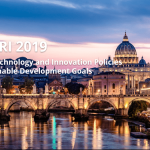It has been a few months since the beginning of RISIS2 project, major research infrastructure with the aim of studying and developing Science, Technology and innovation indicators.
13 tested dataset, 4 on site and a research infrastructure through which is possible to have open access to all resources. A decidedly multidisciplinary approach: “RISIS is a research infrastructure, meaning that it serves first and foremost the research communities associated with research and innovation policies and studies, covering a number of disciplines: sociology, management, political sciences, economics and geography mainly”, said Philippe Laredo, RISIS coordinator.
Professor Laredo, what kind of innovation RISIS wants to promote?
“RISIS provides its communities with access to curated, maintained and updated databases that are central to these topics, and access to services that are not commonly available, in particular for ontologies (helping to build tailored datasets from open sources), for semantic analysis and for geocoding and geoanalysis. It helps to produce new analyses and new indicators helping scholars and policymakers, to better understand knowledge dynamics, both for science and for innovation”.
What is RISIS focus?
“It focuses on four main domains: Science and Technology production, through both outputs and projects, firm innovation dynamics, policy learning, through specific datasets on policy evaluations and programme funding and careers. During RISIS, new datasets will be incorporated in particular dealing with social innovation. One important new development for the next four years lie on the creation of a core facility that will provide systematic distant access for researchers and the ability to integrate the different datasets along three core dimensions: actors, place and themes”.
What about the relationship between RISIS and the world of open science?
“RISIS is dedicated to open science. All the results and underlying data arrived at through the use of RISIS databases and RISIS services need to be archived in the RISIS ZENODO community, thus being available to the whole research community”.
What do you expect from RISIS development?
“The field was for a long time limited to aggregated financial information on R&D expenditures produced by statistical offices. This forbade any ‘micro’ analysis at the level of individual organisations and at the level of metropolitan areas, where most activities take place. Our ambition is to offer researchers both datasets, including older ones dealing with scientific articles or patents, and new platforms that help them explore open data to build relevant datasets for their topics and operate new forms of text analysis”.
Which is the contact point among RISIS and Governments, or other policy makers?
“As every project, we develop the usual means, mainly a website and a newsletter. We shall develop webinars and videos around RISIS achievements, and we will be active in the quite numerous conferences in our field that periodically gather both academics and policymakers. We have also decided, and this is in our view the key feature for interacting directly with policymakers and stakeholders, to organise every trimester a half-day presentation and discussion around one key result from RISIS. This will be the occasion to present all the material developed around our results”.






